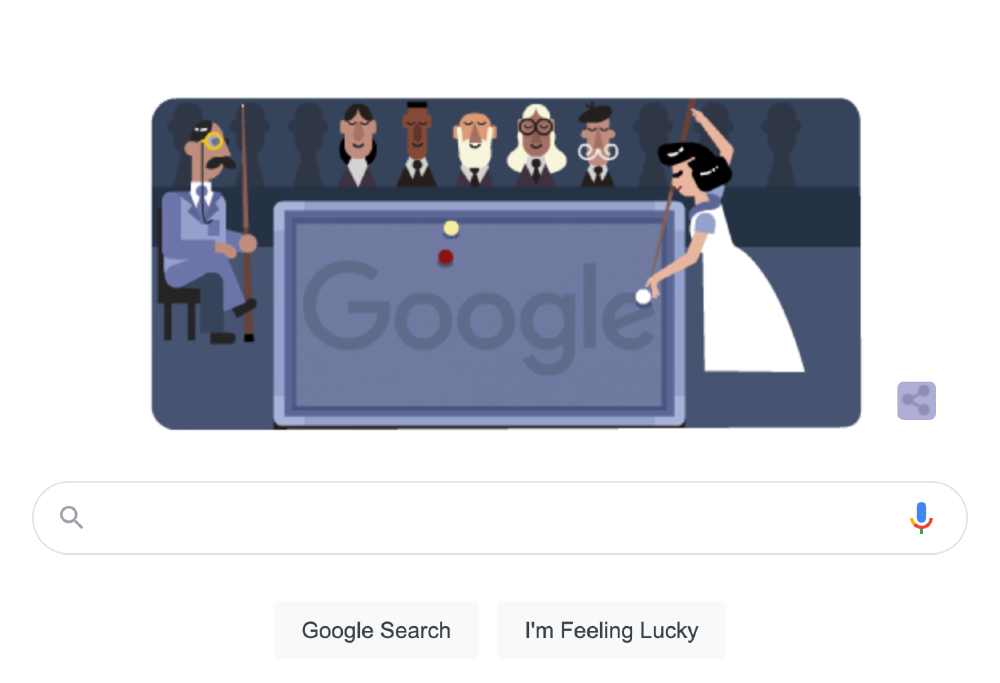As a new or aspiring affiliate marketer, you’ve probably seen the term SEO thrown around.
But, what is exactly is SEO? SEO stands for Search Engine Optimization.
Ok, but what the heck does THAT mean?
When reading about SEO, you need to be careful. SEO has undergone many major changes over just the past few years, so there is a lot of conflicting information about what SEO really is.
The Evolving History Of SEO
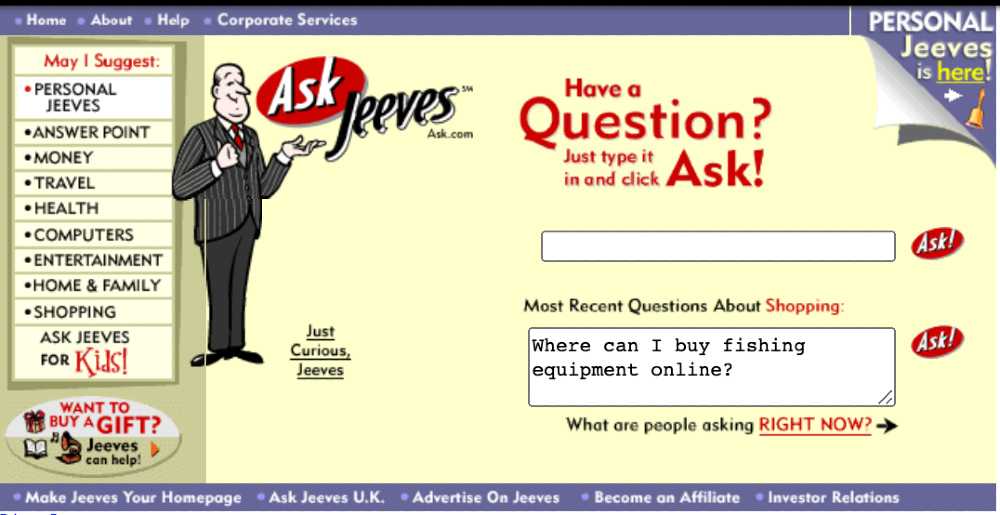
In order to fully understand SEO, it is important to learn how SEO has evolved over the years and decades. I’m going to tell you what SEO was like many years ago, and we will progress to the present day.
What Was SEO Like In The 1990’s
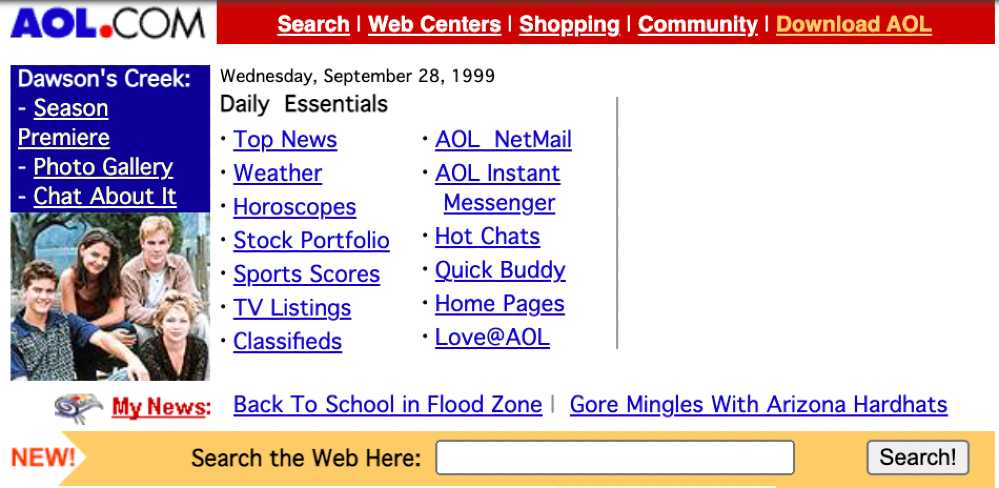
Nobody can really point to an exact date and say “that’s when SEO first started.” That’s because SEO techniques developed slowly and over time.
Before Google was around, there were several search engine companies all trying to gain market share. Since each search engine used different metrics to rank websites, there wasn’t much of a point in doing any SEO. Some search engines you ranked well for, others you didn’t.
During this time, search engines were highly prone to manipulation. However, very few people were doing that because SEO wasn’t even a thing yet.
Google Wins The Search Engine War
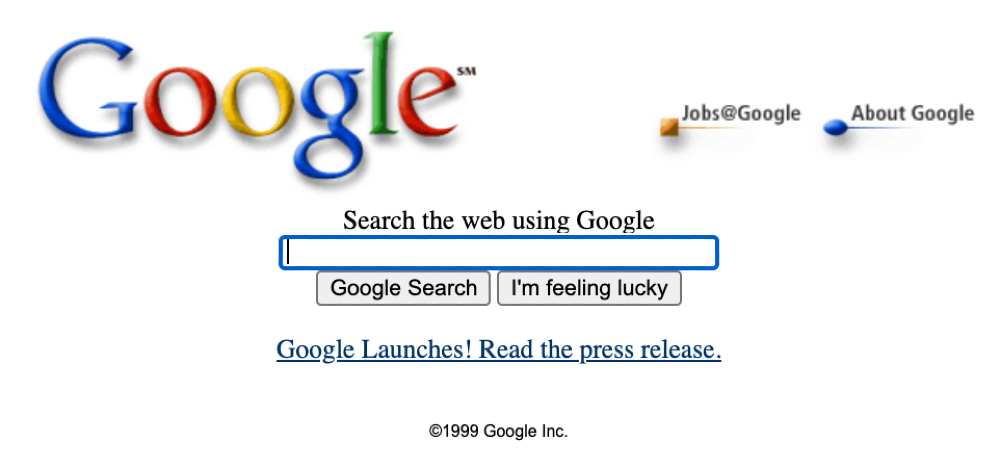
In the late 1990s, Google began to dominate the search engine war. That meant website owners and early affiliate marketers could try to find out how Google, specifically, ranked websites in their search results. Since Google had a vast share of the search market (and still does), site owners didn’t have to try to optimize for several different search engines. They only had to optimize for one.
Is Google solely responsible for the creation of SEO? It’s arguable, but a strong argument could be made that Google is the one who made SEO widespread.
You’re going to leverage Google quite a bit with your business, so it’s good to know a little bit about them. In particular, check out the Google Search Central channel on Youtube, which is Google’s main way of communicating and relaying information to website owners.
What Was SEO Like In The 2000’s
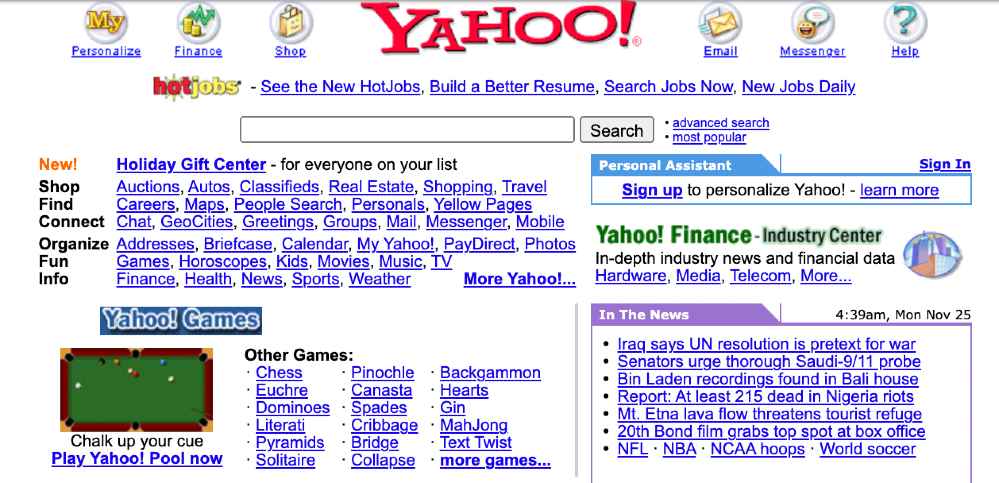
In the early 2000s, Google began to see a rise in the number of spammy and low-quality websites. That’s because, in the early days, the Google algorithm was not that complex. All you really had to do is figure out the search term you wanted to rank highly for and include that exact search term into a web page as many times as possible. This type of SEO is referred to as black hat SEO, and Google does not like when site owners use it.
Google had to do something and FAST.
So, they began to make changes. Soon they implemented changes to their algorithm to try and catch spammy websites trying to game the Google search results. And this worked… for a while.
What Was SEO Like Between 2005 and 2010
During these years, Google was consistently making changes to its search algorithm. You could no longer “keyword stuff” articles and spammy websites, while not eliminated, were being reduced in the search results. Google began to tell website owners to focus on providing a good user experience instead of trying to guess the ever-changing metrics of their algorithm.
But one thing was certain. Every website owner knew the single most important ingredient in the Google algorithm was lots and lots of links pointing into your site, also known as backlinks. The more, the better!
So what happened?
The Age Of Backlinks
“Link building services” started popping up, promising to drive thousands and thousands of links to your website for just a few bucks.
It was a frenzy, especially for website owners trying to rank highly for very competitive search phrases. Basically, whoever had the funds to purchase the most links would win.
For The First Time, Google Begins Issuing Warnings To Website Owners
Google began warning website owners to stop purchasing links. Google figured that if lots of sites were linking to one site in particular, that site must be high quality. But, if people could just manipulate these links, it defeated the entire purposes of Google having that as a ranking factor.
So, Google warned website owners to stop buying links under the threat of sites being penalized for doing so.
But nothing happened. Google warned website owners for years to stop buying links, and yet, this SEO strategy worked very well, so people kept doing it.
At the time, it was hard NOT to buy links. That’s just what people did at the time and if you didn’t do it, ranking highly in Google search was seemingly impossible for even some simple search phrases.
After a while, though, Google started tweaking this ingredient in their algorithm as well. Sites started to see ranking drops even though they were buying more links. Google was starting to be able to detect genuine links from unnatural purchased links, so you had to start to buy your links from a place that made them “look real” to Google.
And then, everything changed...
2011 – The Year Everything About SEO Changed
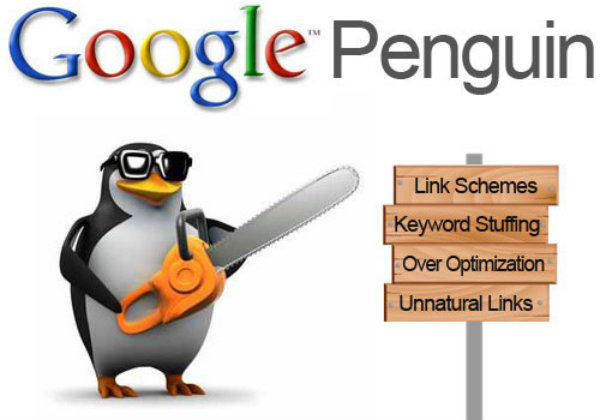
In 2011, everything was turned upside down in the SEO world. Google decided to put a stop to “unnatural linking tactics”. After many years of warning website owners to stop unnatural linking tactics, they dropped the hammer, and they dropped it hard.
The Google Penguin Algorithm Update
And so, Google released an update that was given the name “Penguin”. The Google Penguin update absolutely destroyed a ton of websites. Businesses were lost overnight due to the Google Penguin update and many sites never recovered.
It’s not so much that linking no longer worked (heck, it still does when done right), but Google actually began penalizing websites that had unnatural or paid links pointing into their site.
Literally overnight, many website owners woke up to find Google no longer sending them traffic, or having their traffic cut by half or more. It was like a magnitude 9 earthquake rocking the entire foundation of SEO. People were scrambling.
The Google Panda Algorithm Update
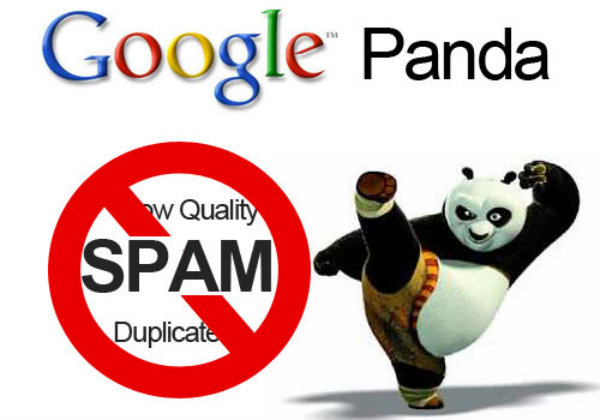
Before the dust had even settled from the Google Penguin update, another huge update rolled out that drastically changed the search results in Google.
This one was called “Panda”. The Google Panda update was designed to penalize websites that had a small amount of content but a high number of advertisements. It also penalized websites that had too many advertisements towards the top of the page. Again, many websites saw their rankings dropping in Google.
This update had a bit less to do with direct SEO manipulation tactics and more to do with deranking spammy, ad heavy websites.
Since the initial releases, Google has continued to penalize websites using “unnatural SEO tactics” or having a large number of advertisements without enough high-quality content.
In other words, Google wants its search ranking algorithm to work naturally. When websites try to manipulate higher rankings, Google may penalize that site.
What Is SEO In The 2020s?
So here we’ve arrived in the 2020s. What is SEO like today?
Instead of trying to manipulate Google into ranking websites highly through black hat SEO techniques, the vast majority of website owners are focusing on white hat SEO techniques.
The Difference Between “White Hat SEO” And “Black Hat SEO”
These are two terms you’ll hear quite a bit in the SEO community. White hat SEO involves techniques to help a website rank higher in search results, without violating Google’s search guidelines.
Black hat SEO is a term used to reference search engine optimization techniques that are not deemed acceptable by Google or other search engines.
THere is also a phrase called grey hat SEO which is a little bit of both techniques.
Manipulating Search Results Is Still Possible, But More Difficult
The Google search algorithm can still be manipulated, but it takes much more effort.
For example, some website owners develop a group of blogs (sometimes hundreds of them) to create what is called a private blog network or PBN. A PBN is used to then link to money-making websites in order to trick Google into thinking they are real, natural links.
When done right, techniques like this still work. But they are difficult, take considerably more effort, and Google can discover these techniques at any time, penalizing your site.
Most SEO Is Now Focused On White Hat Techniques
Since black hat SEO techniques now take so much time and effort, it has become almost just as fast and easy to rank a website using white hat SEO methods.
This is both good and bad. It’s good because it has weeded out a lot of spammers and low quality websites. Most websites these days that are trying to rank highly in search engines produce lots of high quality content consistently, which Google evaluates and loves, and since they have great content, they get natural links to their great content.
This guide I’m writing write now is an example of a white hat article designed to get ranked in search engines. No manipulation, just great content that you, my dear reader, enjoys (I hope!).
Think about it – Google has algorithms that can drive cars by themselves. Do you think they can teach algorithms to learn which websites are actually high quality? You better believe it, and they will only keep getting better.
What Is The Future Of SEO?
The future of SEO is and will always be giving search engines (right now mostly just Google) what they want. If you give search engines what they want, you will rank highly.
So, what do search engines want?
They want a good experience for THEIR users. They want people to find exactly what they are looking for, quickly and easily. That’s why Google will always tweak their algorithm in a way that gives the best, most helpful, and most informative content.
Provide your site visitors with a great experience. Google tracks user behavior on your website. If visitors are visiting for 15 seconds and then hitting the back button to return to the search results, that tells Google you might not be a great fit for that search term. But if people are spending 20 minutes on your site and reading 4 articles before going to an affiliate site and making a purchase, that tells Google you’re giving them exactly what they want.
It’s also important to note that Google does openly accept and allow some very basic SEO strategies. In fact, if you’re not using the strategies that Google specifically recommends, you are likely losing out on a ton of free traffic.
If searchers are happy, Google is happy.
Diversifying Your Traffic Sources Beyond SEO
Gaining free search engine visitors by optimizing SEO is a great strategy to grow any website and gain countless targeted eyeballs. However, you should not focus solely on SEO and search engines for your business.
There are so many ways to diversify your traffic sources. Social media, paid ads, video, ebooks, and even promoting your website offline are all ways you can gain visitors to your website.
Honestly, search engine traffic is the biggest source of website visitors for almsot everyonek, even those who diversify, but it is importaint.
If you want to learn more about how to use SEO and other traffic sources to build a business, I very highly recommend you check out this training program.
VIDEO: How Google Search Works
[/et_pb_text][/et_pb_column] [/et_pb_row] [/et_pb_section]


